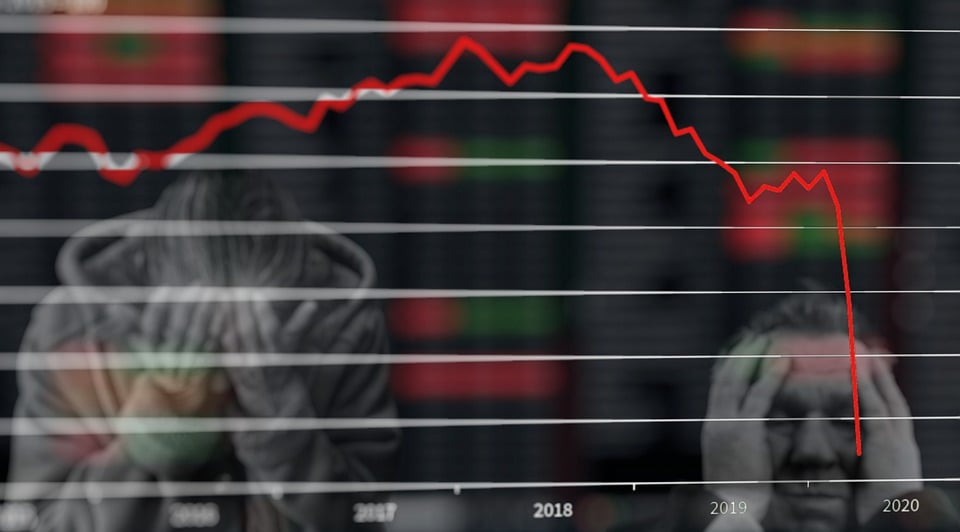Once More, If You Can’t Price Risk-Free Assets…

Image Source: Pixabay
By: Steve Sosnick Chief Strategist
Just 24 hours ago, I was fully expecting that my piece for today would be about the monthly Payrolls report. That changed quickly!
When yesterday’s piece was published, just after noon EST, traders seemed to be focused on whether we would get another higher-than-expected jobs number and whether there would be revisions to offset last month’s huge upward surprise. We noted that options on SPY, and by extension the S&P 500 Index, were somewhat complacent about downside risks. Boy did that change in a hurry.
What separated yesterday’s selloff from a garden-variety decline was the move in short-term fixed income. We’ve seen 2% market declines before, and we undoubtedly will again. But a 20 basis point drop in 2-year Treasury yields meant that there was a rush out of risky assets and into risk-free counterparts. That is a hallmark of a flight to safety. Fears of a banking crisis will do that.
If we see excessive volatility in risk-free assets, how can we expect to avoid it in risky assets like stocks?
As with many major moves, things started slowly, then got out of hand very quickly. The sell-off in SVB Financial (SIVB), the parent company of Silicon Valley Bank, caused investors to reconsider the safety of other banks. Prior to this week, we had no idea that they were so in need of liquidity that they needed to sell their bond holdings at a $1.8bn loss. We had no idea how much they would need to mark down their illiquid holdings.
Ultimately, bank stability, either at an individual bank level or collectively, depends upon confidence, and confidence can be quite fragile. That confidence was shaken yesterday, with KRE, the S&P Regional Banking ETF, down over 8% and the KBW Bank Index (BKX) down by 7%. XLF, the Financial Select Sector SPDR Fund, which contains heavy weighting of both systemically important banks and other non-bank financial companies, was down just over 4%.
At some level, this should not have been too surprising. Banks tend to borrow short-term – through demand deposits or money markets – and lend longer-term – mortgages and other loans. An inverted yield curve upends the traditional profitability of those activities by causing the marginal cost of deposits above those of existing loans. Worse, demand deposits can leave in a hurry, but a loan portfolio can be difficult to price and sell. It seems inevitable that there might be casualties of the Fed’s hiking cycle.
It is reasonable to expect that financial stocks will continue to be volatile, with skittish traders reacting to headlines and rumors about a wide range of banks. But it is hard to see the broader market remain stable when we see things like 2-year yields having a 50bp high-low move over two days and Fed Funds futures odds of a 50bp hike going from 20% to 75%, then 50% in the course of a week. Risk asset pricing models utilize risk-free rates as a fundamental input. If those rates move, so do the values of all other assets and derivatives.
Volatility in risk-free rates begets volatility in riskier assets.
Last Friday, we opined that VIX and other volatility measures seemed unreasonably sanguine ahead of a week that included Powell’s testimony and payrolls. Admittedly, I didn’t have “bank failure” on my bingo card, but a one-week move in VIX from 18.49 to 24.68 does vindicate that opinion. As we now have VIX at or above the high end of its recent trading range, those who might be speculating that it will fall should pay close attention to 2-year rates. If they fail to calm down, VIX is unlikely to decline substantially.
More By This Author:
Aftermath Of A Big Wake Up Call
Goldilocks Comes Out Swinging
Who Ya Gonna Believe – Technicals Or Fundamentals?
Disclosure: ETFs
Any discussion or mention of an ETF is not to be construed as recommendation, promotion or solicitation. All investors should review and consider associated investment ...
more


